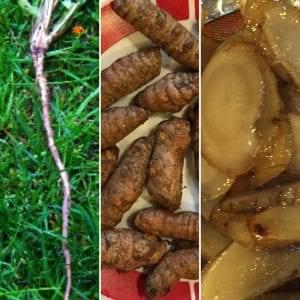Modern herbalists of all sorts are often well aware of the gentle power of Calendula to help heal topical conditions. Calendula, often called Pot Marigold, is often included in books and lessons for beginning herbalists because it's a surprisingly safe in larger quantities. Safe, however, doesn't mean not potent. Calendula has been used by home […]
Read this article and all of our other Herbal Nerd Society Content.
Become a Member Today. Join Us Here. | Already a Member just log in here.







